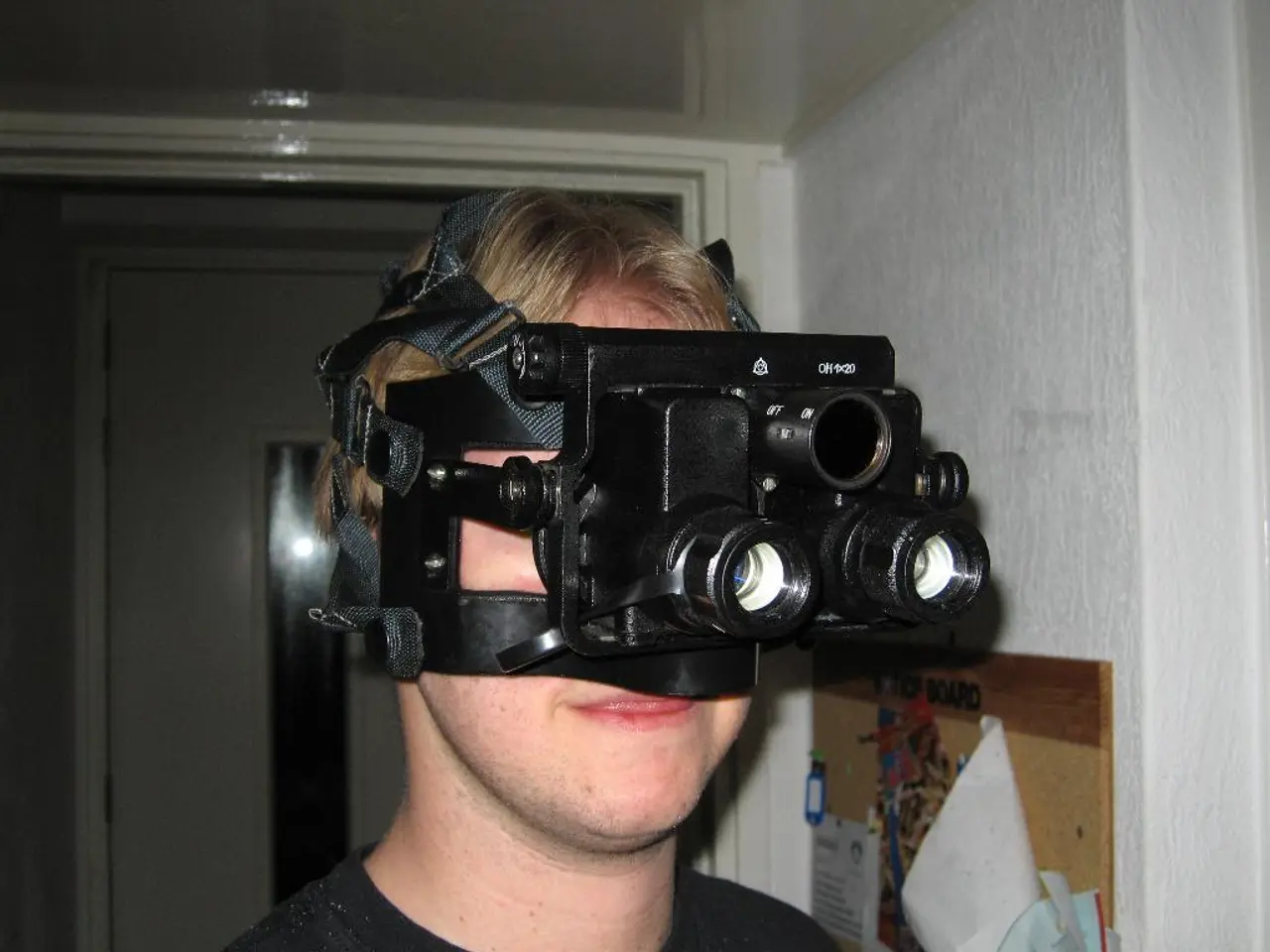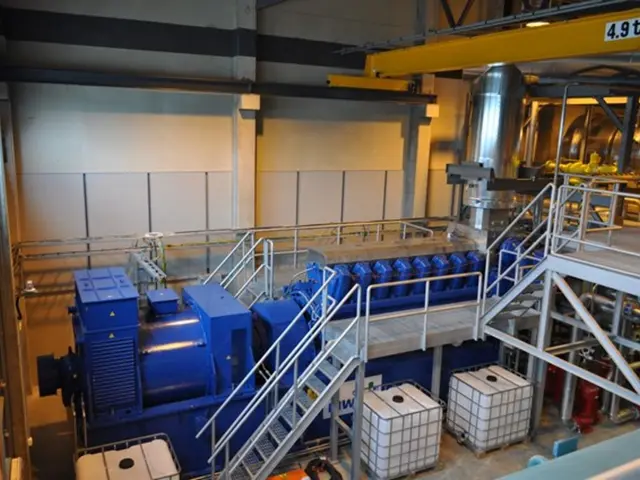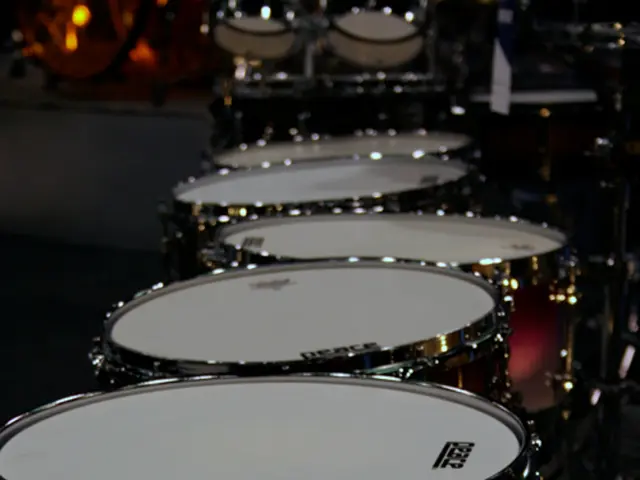Top Virtual Reality Applications for Physiotherapy: Therapeutic Innovations in Rehab
Custom Virtual Reality (VR) physical therapy applications are making waves in the medical field, offering a promising approach to rehabilitation. These innovative tools provide several benefits, but they also come with important considerations.
Benefits of Custom VR Physical Therapy Applications
Enhanced Exercise and Engagement
VR-based rehabilitation protocols have been shown to deliver significantly greater exercise volumes compared to traditional physical therapy. This increased repetition volume is clinically important, as it strongly predicts functional recovery across various rehabilitation domains, such as post-surgical rehab [1]. The immersive VR environments also address attentional fatigue, offering engaging and motivating therapy sessions that promote sustained patient participation [1][3].
Precise and Controlled Challenges
Custom VR allows for the precise control of sensory inputs and the progression of challenges—such as visual flow for vestibular and balance rehabilitation—that conventional methods cannot achieve. This fine-tuning of difficulty levels based on patients' progress maximizes efficacy for persistent or refractory symptoms [1][2].
Objective, Quantitative Assessment
Unlike traditional observational assessments, VR systems can continuously collect detailed clinical data, including movement quality, spatiotemporal parameters, and functional performance metrics, with high precision. This objective monitoring enables data-driven clinical decisions and individualized adjustments to therapy programs [1].
Neuroplasticity and Motor Learning Enhancement
VR provides multi-sensory stimulation and real-time feedback, supporting improved motor control integration and neuroplasticity. Studies link VR training to increased brain activation and superior rehabilitation outcomes, especially for neurological conditions like stroke [2].
Safe and Immersive Practice Environments
VR enables patients to practice skills and movements in safe, controlled virtual environments, reducing fear of injury or failure. It also allows for the simulation of real-life scenarios to enhance activities of daily living (ADLs) recovery and functional independence [2][3].
Psychological and Cognitive Benefits
Beyond physical improvements, VR aids mental well-being by reducing stress, anxiety, and depressive symptoms, especially in challenging settings like ICU recovery. Immersive VR experiences can increase patients’ sense of control and emotional regulation, contributing to holistic rehabilitation [4][5].
Considerations for Custom VR Physical Therapy Applications
Customization and Suitability
VR applications need to be customized to individual patient needs and capabilities. Commercially available systems may not suit everyone, and therapy content must be carefully selected or developed to match patient functional levels and preferences [3][2].
Technical and Practical Barriers
Implementation challenges include hardware costs, technical setup, and ensuring usability for less tech-savvy patients and older adults. Calibration and software updates require clinician training and resources [4].
Evidence Inconsistencies and Research Needs
Although many studies show promise, evidence regarding the efficacy of VR rehab remains somewhat inconsistent and technology-dependent. More large-scale, high-quality randomized controlled trials are required to further establish best practices and standardize protocols [2].
Patient Safety and Monitoring
Patients must be monitored to avoid cybersickness or disorientation. Clinical integration requires protocols to ensure safety, especially for those with vestibular or cognitive impairments [1].
Integration with Conventional Therapy
VR is generally an adjunct rather than a replacement for traditional therapy. Careful integration ensures complementary benefits without compromising standard care quality [1][3].
In conclusion, custom VR physical therapy applications provide significant benefits, including increased exercise intensity, enhanced patient engagement, precise progression, objective measurement, and neuroplasticity support. However, these benefits come with considerations around customization, technology adoption, safety, and ongoing evidence development to maximize clinical effectiveness and patient suitability.
This evolving field holds great promise as technology and clinical expertise continue to advance [1][2][3][4]. It's essential to remember that VR therapy is most effective when used in conjunction with guidance from a qualified physical therapist. As VR technology continues to evolve, it has the potential to make rehabilitation more engaging, effective, and accessible for a wider range of patients.
Proven Reality offers custom VR application development for physical therapy, creating immersive and interactive virtual environments specifically designed for individual needs and recovery goals. The future of VR in physical therapy includes personalized rehabilitation programs, advanced biometric feedback, virtual reality for mental wellness, and remote rehabilitation with VR. However, it's important to note that VR therapy apps require compatible VR headsets and potentially powerful computers to run smoothly, and they are not a one-size-fits-all solution for everyone. Additionally, VR therapy might not be suitable for individuals with certain medical conditions like severe balance problems or a history of motion sickness.
Cost and accessibility are also considerations for using VR physical therapy apps, as they may require additional expenses compared to traditional therapy. As the field continues to develop, it is hoped that these costs will decrease, making VR therapy more accessible to a broader population.
- The immersive VR environments in custom VR physical therapy applications can help counter attentional fatigue, offering engaging and motivating therapy sessions that promote sustained patient participation.
- VR provides multi-sensory stimulation and real-time feedback, supporting improved motor control integration and neuroplasticity, especially for neurological conditions like stroke.
- To maximize the efficacy of VR physical therapy applications, they need to be customized to individual patient needs and capabilities, as commercially available systems may not suit everyone.
- VR therapy is most effective when used in conjunction with guidance from a qualified physical therapist, and it's essential to remember that it might not be suitable for individuals with certain medical conditions like severe balance problems or a history of motion sickness.




